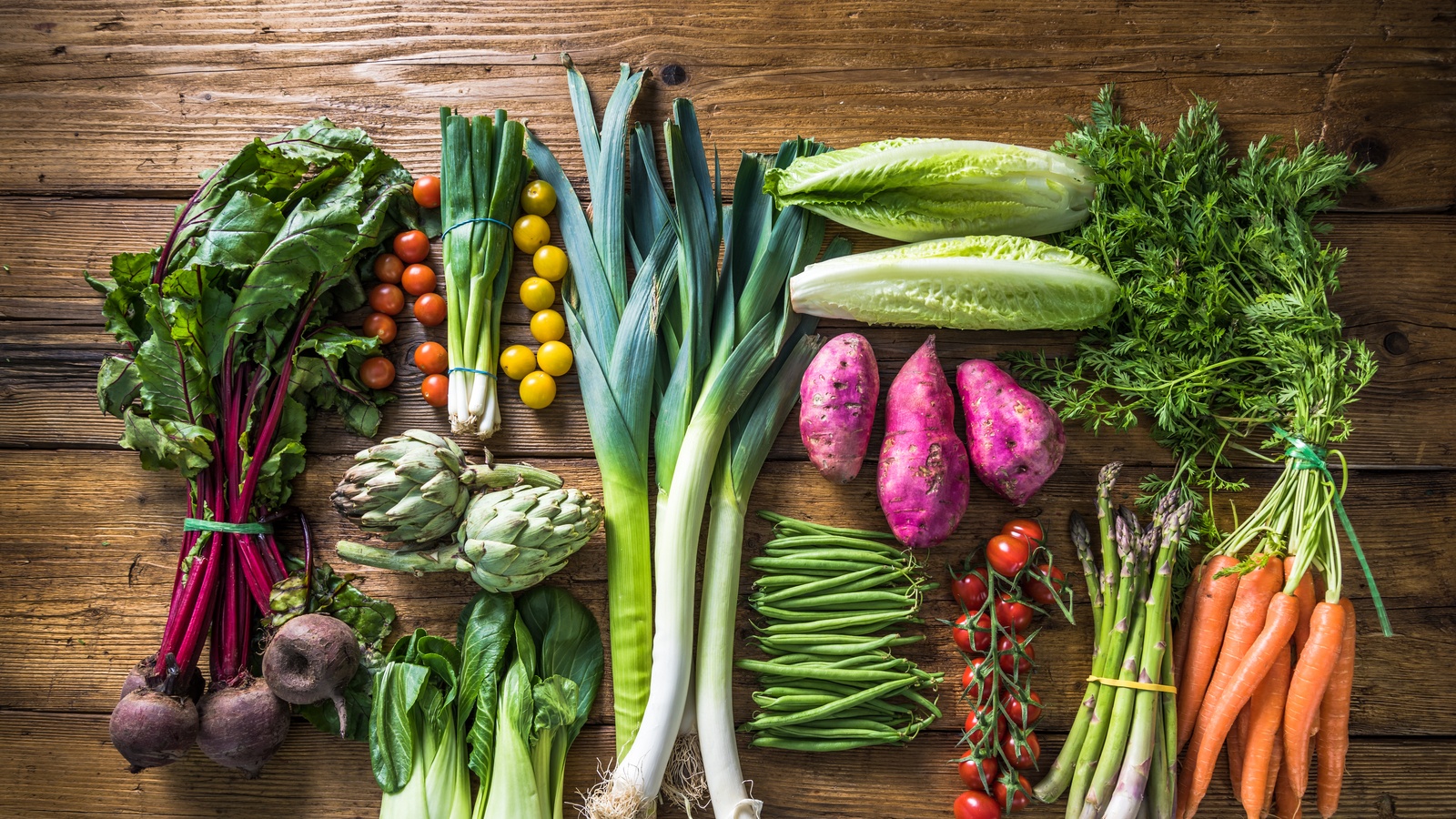Top Tips for Seasonally Adjusting Your Diet with Recipes
Our bodies are deeply connected to the natural cycles of the earth. Just as nature changes with the seasons, so too should our diets. Eating seasonally allows us to align our nutrition with what our bodies need during each phase of the year. It’s not just about sourcing the freshest produce; it’s also about nurturing our well-being by listening to what nature provides us at different times.
The Benefits of Eating Seasonally
-
Nutritional Density
Fruits and vegetables harvested in season are more nutrient-dense. They ripen naturally and offer the vitamins, minerals, and antioxidants that your body craves. For instance, leafy greens in the spring help detoxify after the heavier foods of winter, while berries in the summer provide hydration and antioxidants to combat sun exposure.In contrast, out-of-season produce often requires long travel times and is exposed to ethylene gas to artificially ripen, which can diminish its nutrient content and flavor.
-
Support for the Body’s Rhythms
Our bodies need different nutrients depending on the season. For example, in colder months, we need warming, grounding foods, while in warmer months, lighter, hydrating options are ideal.
-
Environmental Impact
When you eat seasonally, you reduce the need for long-distance food transportation and greenhouse emissions. Seasonal eating also supports local farmers and sustainable agricultural practices.
-
Supporting Local Farmers
Eating seasonally not only benefits your health but also supports local farmers and your community. By choosing fruits and vegetables grown in your region, you're helping small farms thrive, and promoting sustainable farming practices. This connection to local agriculture fosters a more resilient food system and encourages farmers to grow a diverse range of crops that align with the seasons.
Adjusting Your Diet Throughout the Year
*Please note, we know that our community spans the globe and many of these foods may not be available to you. Whilst many of the “What to Eat Foods” are geared towards our USA audience, worldwide you can use the “How to Prepare” suggestions.
-
Spring: Detox and Rejuvenation
Spring is a time of renewal, both in nature and in our bodies. After months of heavier, warming foods, it’s time to cleanse and revitalize your system. Focus on foods that are light, fresh, and packed with nutrients.
What to Eat: Leafy greens like spinach, kale, and arugula (spinach) are perfect for detoxing the liver. Radishes, asparagus, and artichokes also help flush out toxins and boost digestion.
How to Prepare: Steaming or lightly sautéing vegetables helps preserve their nutrients while keeping them easy to digest. Incorporate smoothies and fresh juices to increase your intake of raw foods. Check out how to make the perfect green smoothie here.
-
Summer: Hydrate and Cool Down
With rising temperatures, the focus shifts to staying cool and hydrated. Summer is abundant with fruits and vegetables that provide water, vitamins, and minerals to keep you energized and healthy during the heat. Try out this delicious cucumber and melon salad!
What to Eat: Water-rich fruits like watermelon, cucumbers, strawberries, and tomatoes. Leafy greens, zucchini, and bell peppers are also excellent choices. Fermented foods like kimchi or sauerkraut can support digestion during outdoor barbecues or parties.
How to Prepare: Keep meals light and raw as much as possible. Salads, cold soups like gazpacho, and grilled vegetables are perfect for a summer diet. Avoid heavy, rich foods that can slow you down in the heat.
-
Fall (Autumn): Grounding and Nourishing
As temperatures cool down, our bodies need more warming and grounding foods to prepare for the colder months ahead. This season is about transitioning from the lightness of summer to more hearty, nutrient-dense meals.
What to Eat: Root vegetables like sweet potatoes, carrots, and beets offer grounding energy. Squash, pumpkins, and apples are also in season, providing fiber and essential vitamins. Whole grains like quinoa, farro, and brown rice offer sustained energy.
How to Prepare: Roasting vegetables brings out their natural sweetness and makes them more comforting. Soups and stews are excellent ways to nourish your body and prepare for winter. Get creative with this cauliflower and beet soup.
-
Winter: Warm and Strengthen
Winter calls for warming, hearty meals that keep your energy levels up and immune system strong. This is the season of comfort foods, but it’s important to focus on nutrient-dense, whole foods.
What to Eat: Root vegetables continue to shine in winter. Include hearty greens like kale, collards, and cabbage, which are full of vitamins C and K. Warming spices such as ginger, turmeric, cinnamon, and garlic can help boost circulation and support immunity.
How to Prepare: Focus on slow-cooked meals like stews, curries, and casseroles. Using bone broth as a base produces collagen and minerals, which are especially beneficial during the colder months. Don’t shy away from healthy fats like avocado, nuts, and olive oil, as they help insulate the body. Make it extra tasty with this chocolate avocado mousse.
Seasonally adjusting your diet is not just a trend—it’s a return to a way of eating that has been practiced for centuries. By tuning in to the cycles of nature and eating the foods that each season provides, you can support your health, the environment, and local farmers. Embrace the changes of the seasons, and let your diet evolve to nourish your body, mind, and spirit throughout the year.










